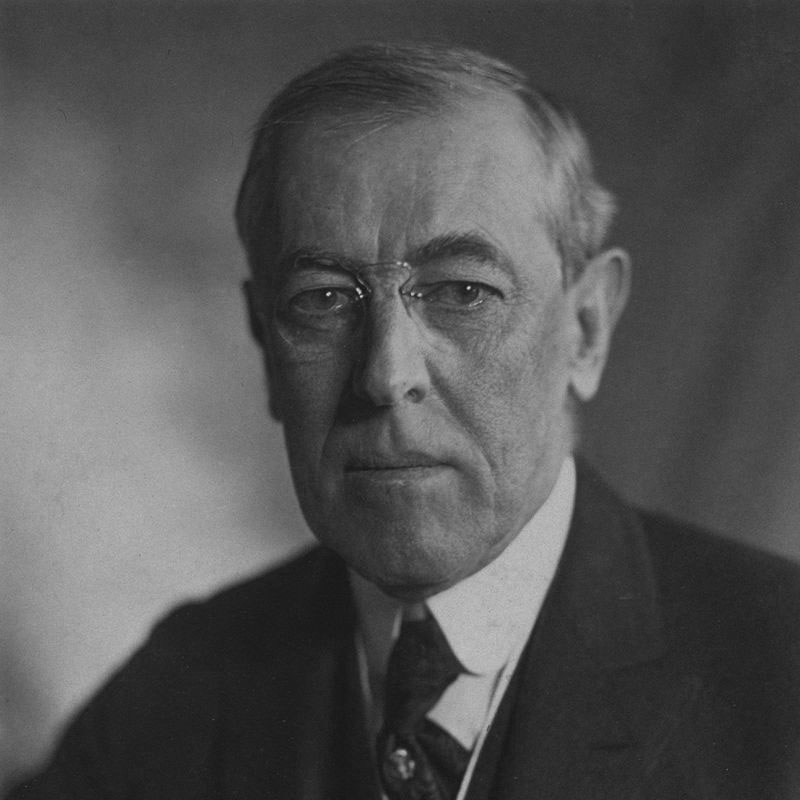
Migratory Bird Treaty Act
On July 3rd, 1918, President Woodrow Wilson signed into law the Migratory Bird Treaty Act (MBTA). This one action ended decades of unregulated overexploitation of migratory birds. Two years earlier, in 1916, the United States and Great Britain (for Canada) had negotiated for the Protection of Migratory Birds. The 1916 Migratory Bird Treaty with Canada adopted a uniform system of protection for certain species of birds which migrate between the United States and Canada. Accordingly, the members of the Central Flyway work closely together to establish and implement responsible hunting regulations that ensure the sustainability of migratory bird populations.
The MBTA makes it illegal for anyone to take, possess, import, export, transport, sell, purchase, barter, or offer for sale, purchase, or barter, any migratory bird, or the parts, nests, or eggs of such a bird except under the terms of a valid permit issued pursuant to Federal regulations. The MBTA also implements other conventions with Mexico, Japan, and Russia.
What migratory birds are protected or not protected?
The MBTA lists 1,206 species of migratory birds. The species must be a native bird present in the United States as well as Canada, Japan, Mexico, or Russia (for species listed in those conventions). Species that are nonnative, or introduced into the United States either intentionally or unintentionally, for example House Sparrow and European Starling, are not protected. Also, species that are native but not covered by any of the conventions, such as upland game birds, are not protected by the MBTA. Recognize upland game bird species are often protected by State laws.
What migratory birds are game birds?
The MBTA defines game birds as those belonging to the following families:
- Anatidae - ducks, geese, and swans
- Rallidae - rails, gallinules, and coots
- Gruidae - cranes
- Charadriidae - plovers and lapwings
- Haematopodidae - oystercatchers
- Recurvirostridae - stilts and avocets
- Scolopacidae - sandpipers, phalaropes, and allies
- Columbidae - pigeons and doves
The MBTA grants the Secretary of the Interior authority to establish hunting seasons for any of the migratory birds listed in those families. Although the number of species in those families totals nearly 200 species, less than 60 have established hunting seasons. Mallards, Canada Geese, Sandhill Crane, and Mourning Doves are examples of birds with traditional hunting seasons. However, other birds listed as game birds such as American Avocets and Long-billed Curlews would likely never see an established hunting season. All other bird families and the species in them are considered nongame birds and are ineligible for a hunting season. This is why a hunting season is not an allowable option for certain overabundant birds such as Double-crested Cormorants, which often trigger human-wildlife conflicts. Crows, which are in the family Corvidae, are an exception of nongame birds which can be legally hunted. There are two provisions in the Code of Federal Regulations specifically allowing for their take (50 CFR parts 20 and 21).
